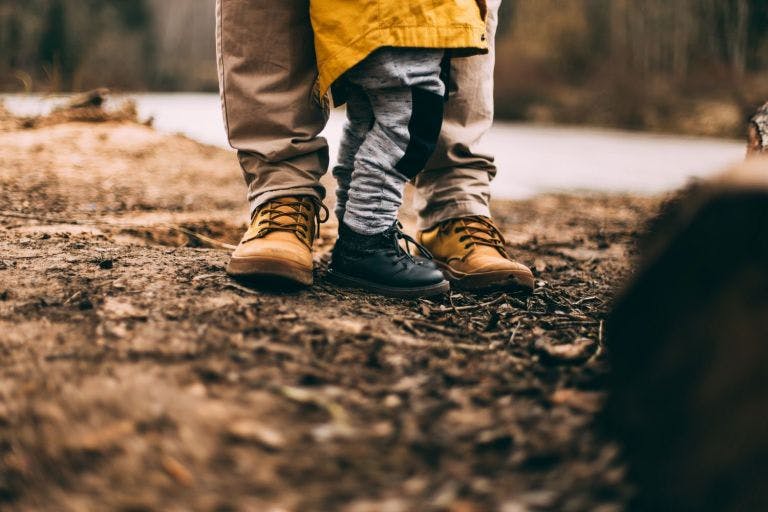First published on Wednesday, March 10, 2021
Last updated on Wednesday, January 8, 2025
Jump to section
In recent years research has shown that are large proportion of the workers in the UK do not use their full annual leave allowance. With many putting this down to feeling too stressed, understaffed, or under pressure from managers to take a break.
This has led to a rise in the number of employees with unused holiday time. Raising the question— ‘can employees carry over annual leave?’.
What does holiday carry-over mean?
Carrying over holiday simply means to transfer unused annual leave allowance from one working year to another.
As an employer you are not legally required to allow the carry-over of annual leave. However, some businesses do opt to include this within employment contracts.
The only times this must be permitted under employment law, is when an employee is on long term sick leave or maternity leave and family leave.
How to manage annual leave carry-over
If you do opt to allow holiday carry-over for your employees, there’s a few things you should be sure to do.
This includes detailing this clearly within your employment contracts or within a business-wide annual leave policy.
Your policy on annual leave carry-over should be clear and concise. Explaining:
How many days an employee is allowed to carry over
How much notice an employee should provide before carrying over leave
Any caps on the number of days or a time limit on the period in which they must take the leave. The law says the most that can be carried over, in normal circumstances, is 1.6 of their working weeks.
Sick leave and holiday allowance
If an employee takes a period of sick leave during their employment, they will continue to accrue holiday allowance. The employee can choose how they wish to take this holiday.
They can take their annual leave while they are off work on sick leave, this is subject to the annual leave request process.
OR
They can carry over the remainder of their annual leave allowance into the next working year.
As an employer, you have limited control over their decision and cannot force an employee to take annual leave instead of sick leave. Legally, the employee can carry over a maximum of 4 weeks for a period of 18 months if they have been unable to take annual leave because of sickness.
Maternity leave holiday entitlement
Employees on maternity leave still accrue holiday days. This means that if they haven’t taken any or all their holiday entitlement in this time, it will carry-over to the following year.
This includes all or any of their 5.6 weeks' statutory holiday entitlement.
As this has the potential for an employee to accrue an entire years’ worth of holiday days, employers are advised to discuss this before maternity leave begins.
Compromises, such as beginning maternity leave after using some of the current years’ holiday days, may benefit both the employee and the employer.
Encouraging your employees to take their annual leave
Ideally your employees should be taking their annual leave allowance throughout the allocated working year. Not only is it important for them to take a break away from work, taking annual leave can reduce feelings of stress and boost their wellbeing within the workplace. Supporting a healthy workplace culture which values employee happiness and job satisfaction.
To avoid high numbers of unused annual leave, you should ensure all members of your team are using their annual leave allowance. You can do this in several ways:
Keep track of annual leave allowances
This can include using a shared holiday calendar to ensure everyone knows how much paid time off they have and how much they are yet to use. By doing so, you can help to prevent burnout in the workplace.
Promote a healthy work-life balance
Create a workplace culture that values a positive work-life balance. Make sure employees feel comfortable booking time off work and don’t feel pressure to continue working, even when off. You can support them in this by creating proper handover processes, such as handover documents and meetings so they don’t have to worry about work while they are enjoying their well-deserved break.
Encourage employees to plan their leave ahead of time
By encouraging employees to pre-plan as much as possible, you can gain greater visibility over who is available when, and plan around this. Employees can then also avoid annual leave clashes with other members of the same team.
If the end of year is looming and an employee is yet to take a break, it may be wise to give them a polite reminder of the annual leave policy. You could also arrange a one-to-one meeting to check in on their wellbeing.
Set clear annual leave policies
Having an annual leave policy document is a good idea to keep everyone on the same page. While their entitlements will be included in their employment contract, creating a separate annual leave policy for your employees helps to set clear guidelines and rules surrounding requesting annual leave and holiday carry-over.
Manage annual leave effectively with a digital staff holiday planner
By using a digital staff holiday planner, you can manage and oversee employee annual leave in one place.
Bid farewell to your dated spreadsheets and hello to a system that works for all your leave management needs!
Accept or deny holiday requests in seconds
Keep track of who’s in and who’s out with a 360-degree view of your team’s leave calendar
Save yourself time with automatic annual leave calculations with each new working year
Track employee annual leave balance and encourage time off to prevent burnout
Book a free demo with the BrightHR team today to discover how our staff holiday planner can make managing annual leave as simple as possible.










